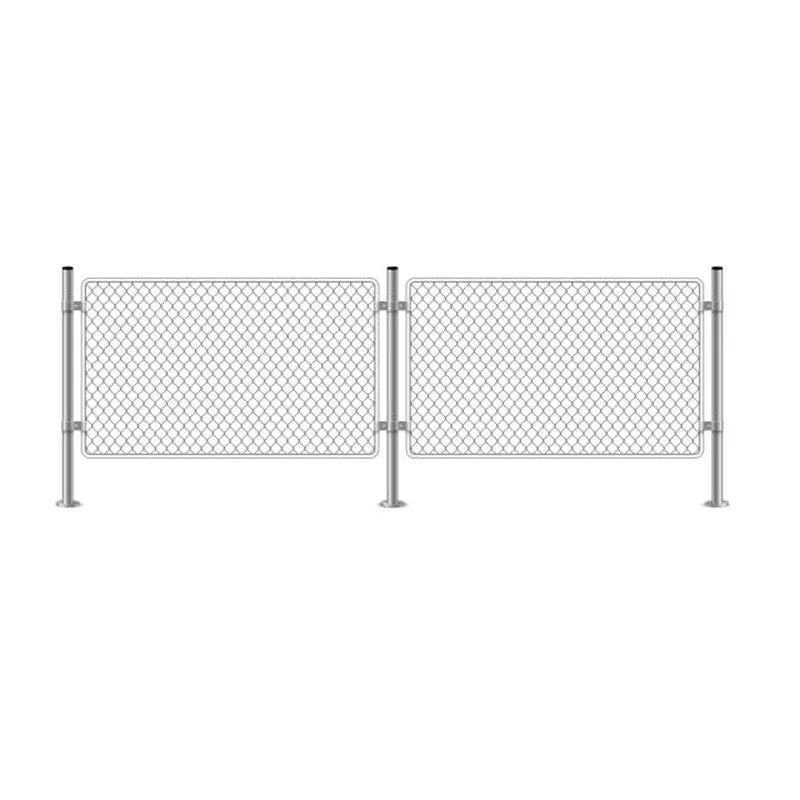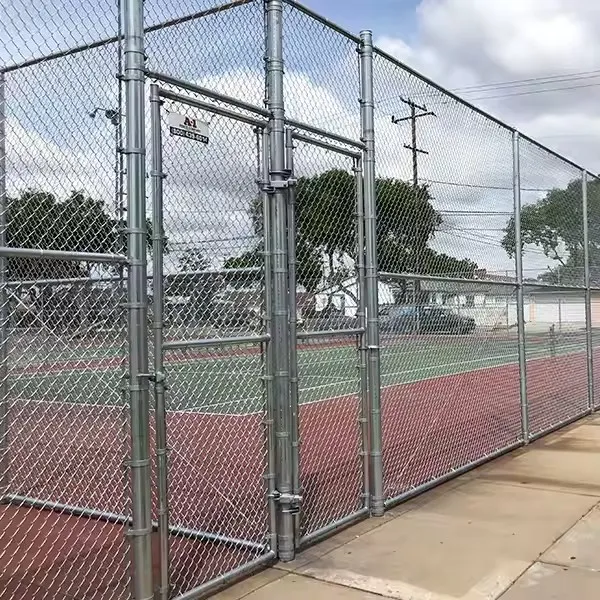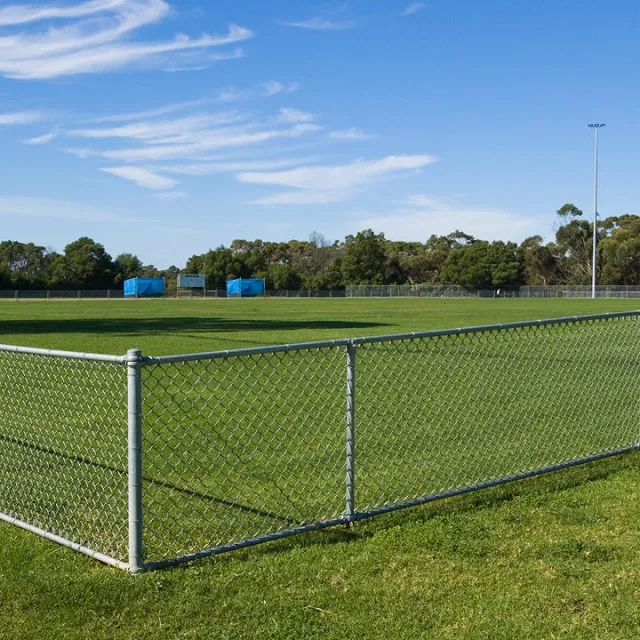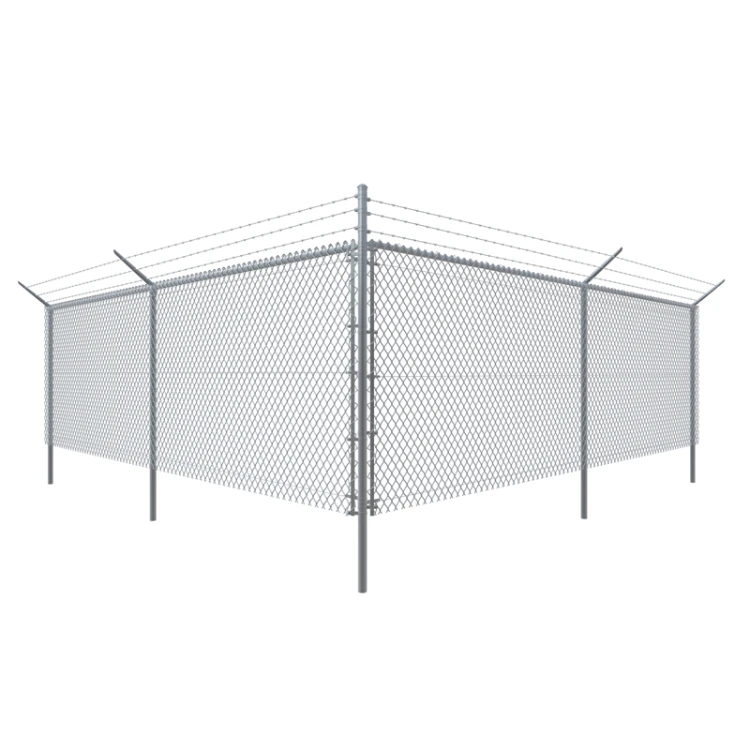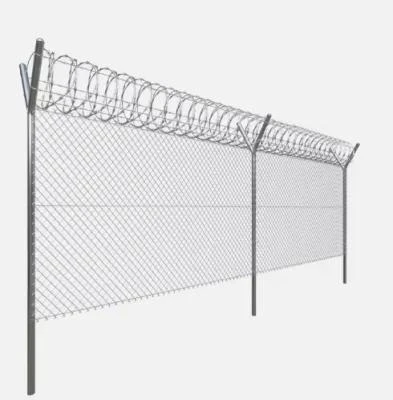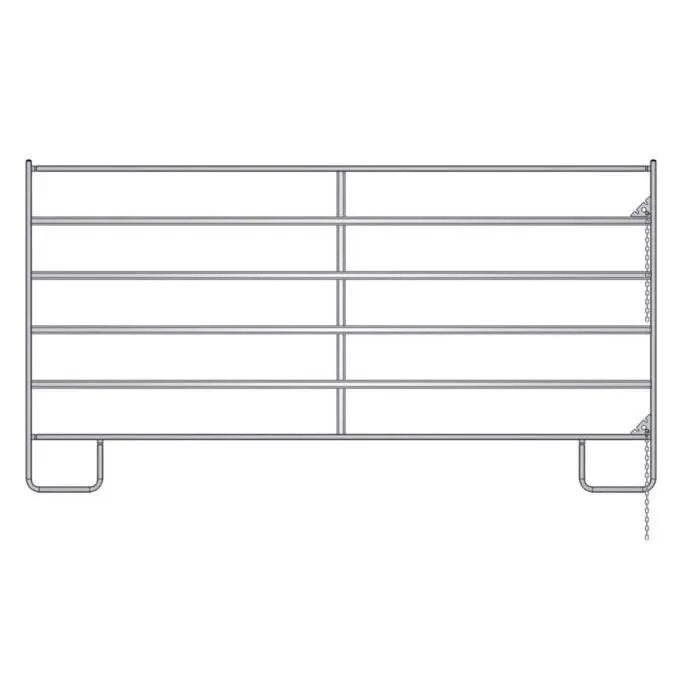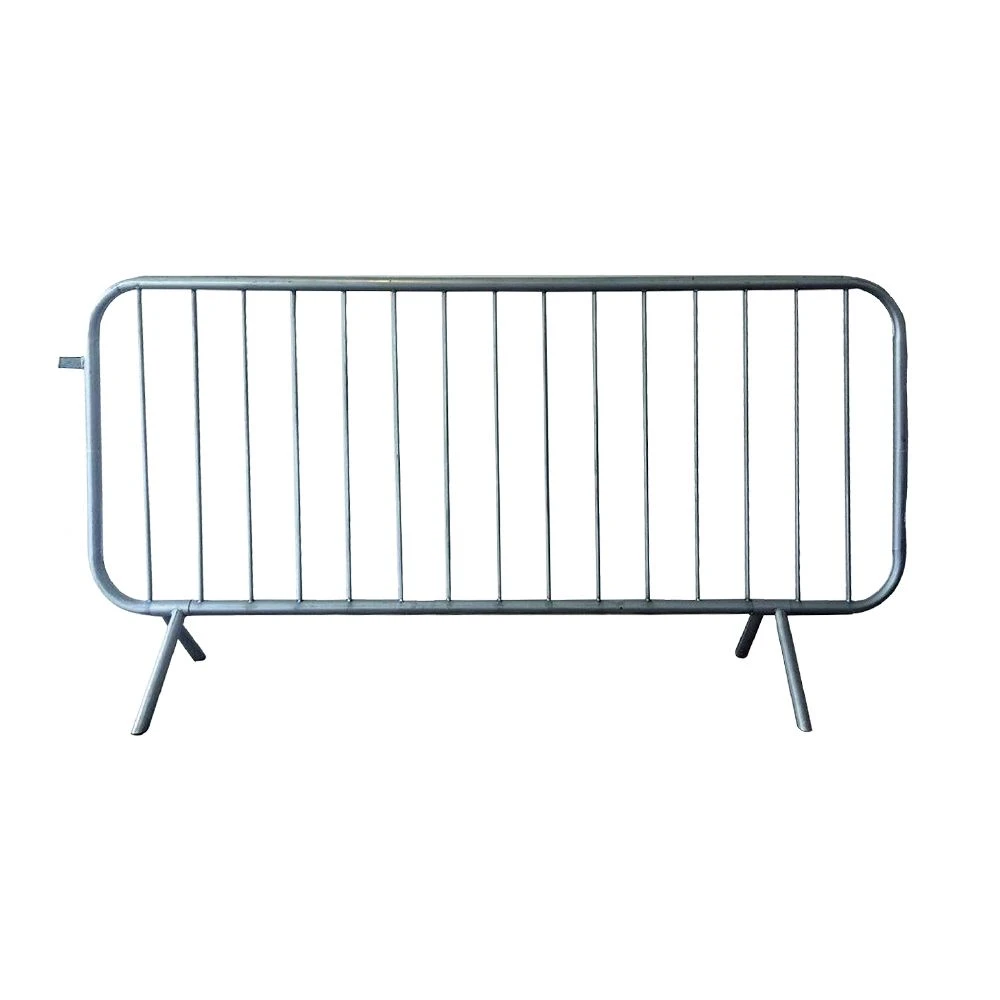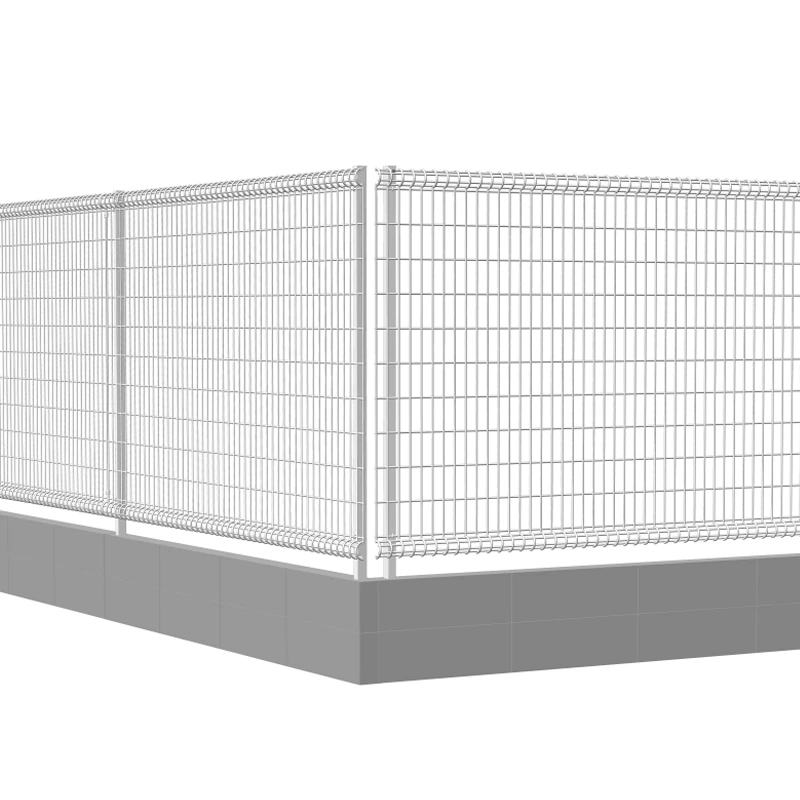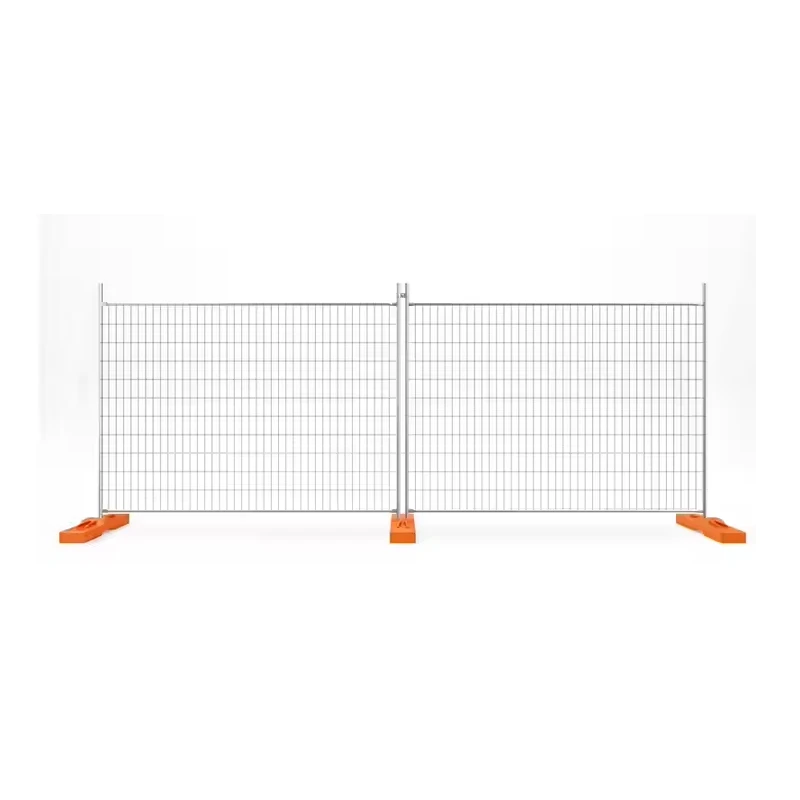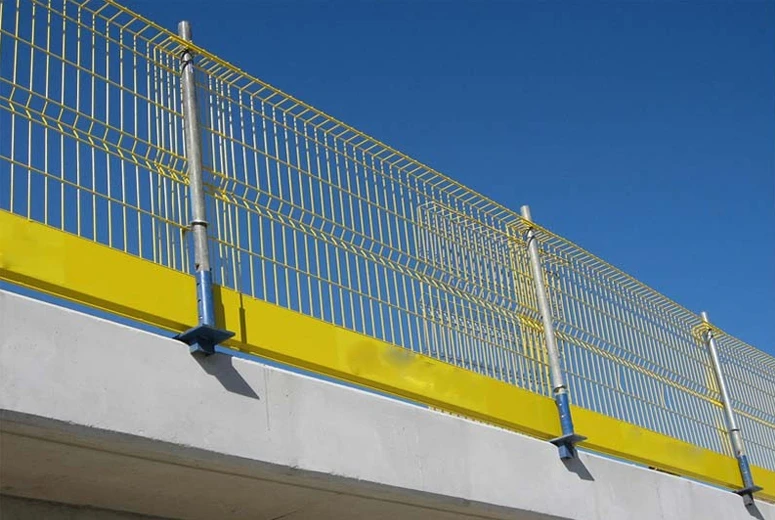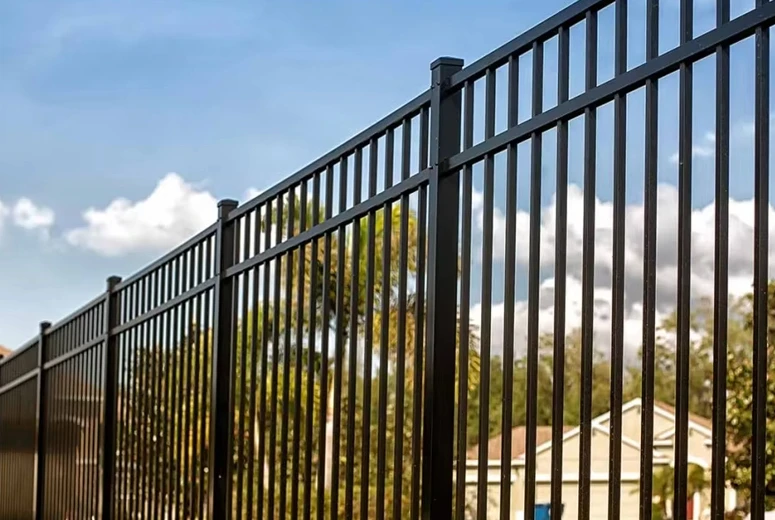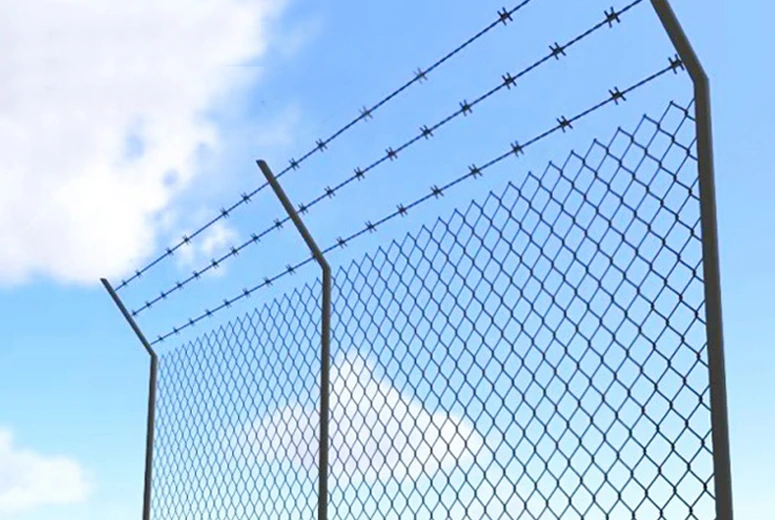Metal Chain Link Fence
Construction and Material Composition
The foundation of a metal chain link fence lies in its steel wire construction. High-quality carbon steel wire is drawn to precise thicknesses before being woven into a diamond-shaped mesh pattern. The weaving process creates a continuous loop of interconnected wires, resulting in a fence that is both sturdy and adaptable to various terrains.
To enhance longevity, the steel wires undergo a protective treatment to resist rust and corrosion. The most common methods include:
Galvanization – A zinc coating is applied either through hot-dip galvanizing (immersing the steel in molten zinc) or electro-galvanizing (an electrochemical process). Hot-dip galvanization offers superior rust resistance, making it ideal for coastal or high-moisture environments.
Vinyl Coating – Some chain link fences are coated with a layer of PVC or vinyl, providing additional weather resistance and aesthetic customization in various colors.
The posts and framework are typically made from galvanized steel or aluminum, ensuring that the entire structure remains durable against environmental stressors.
Key Features and Advantages
1. Strength and Durability
Metal chain link fences are designed to withstand significant force, making them difficult to break or cut through. The tensile strength of the steel wire ensures that the fence remains intact even under pressure, whether from wind, impact, or attempted intrusion. Unlike wooden fences that rot or vinyl fences that may become brittle over time, a well-maintained metal chain link fence can last for decades with minimal degradation.
2. Security and Visibility
One of the defining characteristics of a chain link fence is its open-weave design, which provides security without obstructing visibility. This makes it an excellent choice for schools, parks, and industrial sites where supervision is necessary. The fence can be customized with tighter mesh patterns or additional security features such as barbed wire or razor coils to deter climbing.
3. Low Maintenance Requirements
Unlike wood, which requires staining or sealing, or wrought iron, which may need repainting, a metal chain link fence demands very little maintenance. The galvanized or vinyl-coated finish resists rust, eliminating the need for frequent touch-ups. Occasional cleaning with water and mild detergent is usually sufficient to keep the fence in optimal condition.
4. Cost-Effectiveness
Compared to other fencing materials like wood, vinyl, or ornamental iron, chain link fences are among the most economical options. The materials are relatively inexpensive, and the installation process is straightforward, reducing labor costs. Additionally, their long lifespan ensures that property owners do not face frequent replacement expenses.
5. Flexibility and Adaptability
Metal chain link fences can be installed on uneven terrain without requiring extensive modifications. The flexible mesh can conform to slopes and curves, making it suitable for a variety of landscapes. Furthermore, the fence can be easily modified or expanded if property boundaries change or additional security measures are needed.
Common Applications
Due to its versatility, the metal chain link fence is used in numerous settings:
Residential Properties: Ideal for backyard enclosures, pet containment, and pool fencing.
Commercial and Industrial Sites: Provides perimeter security for warehouses, factories, and parking lots.
Public and Recreational Areas: Used in parks, playgrounds, and sports fields to ensure safety while maintaining visibility.
Agricultural Uses: Effective for livestock pens, garden protection, and boundary marking.
Temporary Fencing: Often deployed at construction sites or event venues due to its easy installation and portability.
Customization Options
While the standard silver-gray galvanized finish is the most common, metal chain link fences can be tailored to meet specific needs:
Height Variations: Ranging from 3 feet (for decorative purposes) to 12 feet or higher (for maximum security).
Mesh Size: Smaller openings provide enhanced security, while larger openings reduce material costs and wind resistance.
Color and Coating: Vinyl-coated fences are available in green, black, brown, and other colors to blend with surroundings or match branding.
Additional Features: Privacy slats, windscreens, or anti-climb attachments can be incorporated for extra functionality.
Environmental and Sustainability Considerations
Steel is a fully recyclable material, making metal chain link fences an eco-friendly option. At the end of their lifespan, the components can be melted down and repurposed, reducing landfill waste. Additionally, the long-lasting nature of these fences means fewer resources are consumed over time compared to less durable alternatives.
Installation Process
Installing a metal chain link fence involves several key steps:
Setting the Posts: Galvanized steel or aluminum posts are anchored into the ground with concrete for stability.
Attaching the Mesh: The chain link fabric is unrolled and secured to the posts using tension bands and rails.
Adding Gates and Accessories: Swing or sliding gates are installed for entry points, and optional features like barbed wire or privacy slats are added if needed.
Professional installation ensures proper tension and alignment, maximizing the fence’s effectiveness and lifespan.

